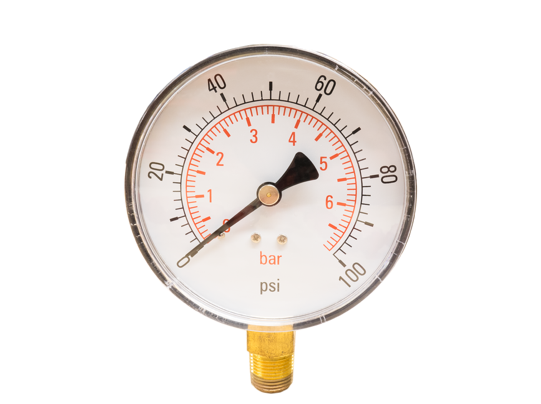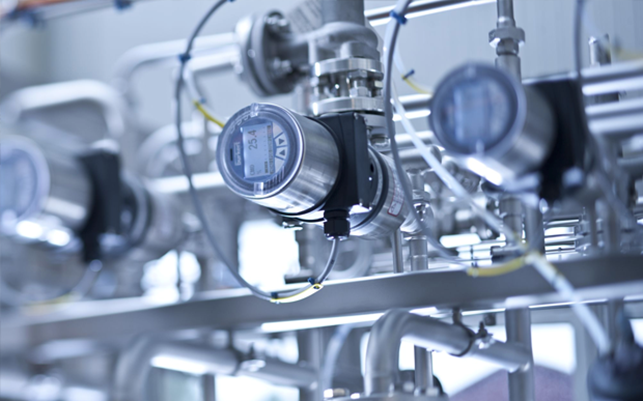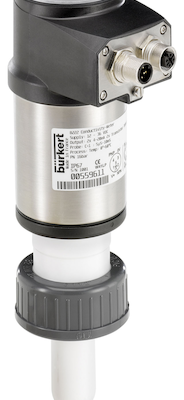
How to Use A Pressure Gauge
Pressure gauges are used to monitor the pressure of gas or liquid in an application. At BM Engineering, we supply pressure gauges available for an array of industries and applications in the chemical, petrochemical and pharmaceutical industries. It’s important to understand how to use, and how to adjust a pressure gauge to make sure it is always working at optimal performance. In this article we’re going to cover how they work and how to calibrate them to make sure they are accurate and reliable at all times.
How Does a Pressure Gauge Work?
A pressure gauge’s working principle is simple, yet highly effective. They are a clever tool, imperative in most process plants. Without a pressure gauge, your systems can become unpredictable, unreliable and even unsafe. It’s important that pressure gauges are reliable, accurate and easy to use.
So, how does a pressure gauge work?
- The gauge utilises an inner tube that is connected to a gear and shaft assembly that work together to move a pointer.
- When the pressure within the tube surges, the tube uncoils slightly.
- As the tube uncoils, the motion triggers the gear and shaft system that moves the pointer on the gauge.
- The amount of uncoiling movement that occurs is relative to the pressure within the tube.
- This movement then informs the pointer, giving you a pressure reading.
How To Use a Pressure Gauge
Pressure gauges are critical monitoring tools that assist you with running your processes efficiently with as little downtime as possible. They do an important job to maintain the consistency of production as well as the safety of a system.
They are often installed in pairs because many systems need to monitor differential pressure to report on the health and efficiency of equipment in the application. The differential pressure can show energy lost through equipment such as pumps, compressors, valves and filters. This is how you monitor efficiency and avoid downtime which could be detrimental for your production and profit.
How Are Pressure Gauges Calibrated?
The first thing to consider before calibrating your pressure gauge is that there is no specific standardisation method. The method you need will depend on the process and application the pressure gauge is intended for. With this in mind you’ll need to check and make sure you’re using the right pressure calibrator for the job. There are a number of options available, including dead weight testers and standard pneumatic calibrators..
How To Adjust a Pressure Gauge
There are 7 basic steps to assist you with calibrating your pressure gauge:
- First, make sure your calibrating method of choice has itself been calibrated in accordance with the manufacturer reference.
- Connect the pressure gauge making sure a block valve is used to isolate the pressure source from the rest of the system as well as a bleeding valve for releasing pressure.
- Set the pointer so it reads zero on the scale.
- Apply the maximum pressure the gauge can measure and adjust until the gauge indicates the right pressure according to the calibrator.
- Using the bleed valve, isolate the pressure source and completely depressurise the system.
- Check that the gauge reads zero and adjust if necessary.
- Repeat steps four to six until all readings are accurate.
Once you have completed these steps, it’s important to keep a record of the findings on a calibration sheet that should be filed safely. This provides you with data that can be used as a benchmark for the future and can be used for a calibration certification if needed.
Pressure Gauges From BM Engineering
At BM Engineering we supply pressure gauges for use in a variety of industries and applications. A fundamental component of most processing systems, they need to be reliable, accurate and easy to use to help avoid system failure in everyday operations.
Ultimately, a pressure gauge is an important but inexpensive piece of kit that can save you a lot of hassle, money and productivity loss. We offer pressure gauges in diameters of 50mm to 300mm, suitable for all gaseous and liquid media that are not highly viscous and that will not solidify, crystalise, nor attack or corrode stainless steel.
For more information on how to use a pressure gauge, or for any other information on products from BM Engineering, get in touch today on 0141 762 0657 or via email at sales@bmengineering.co.uk. Our friendly and knowledgeable team are here to help!



